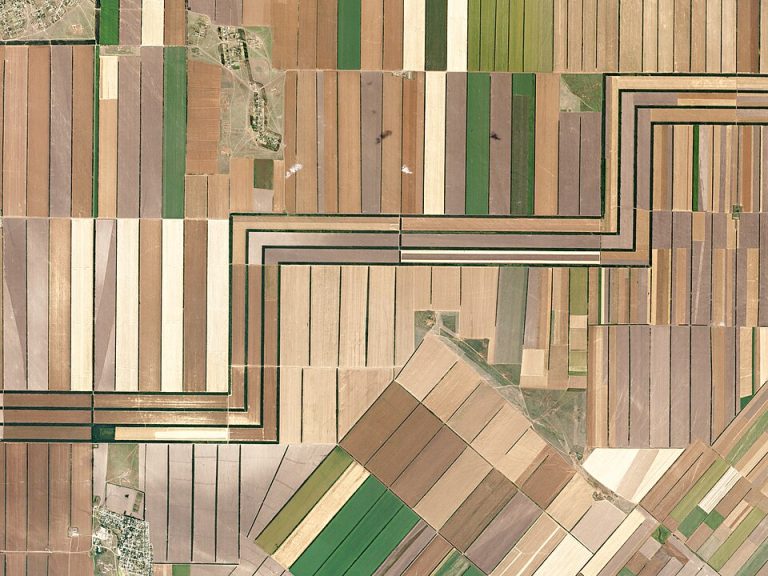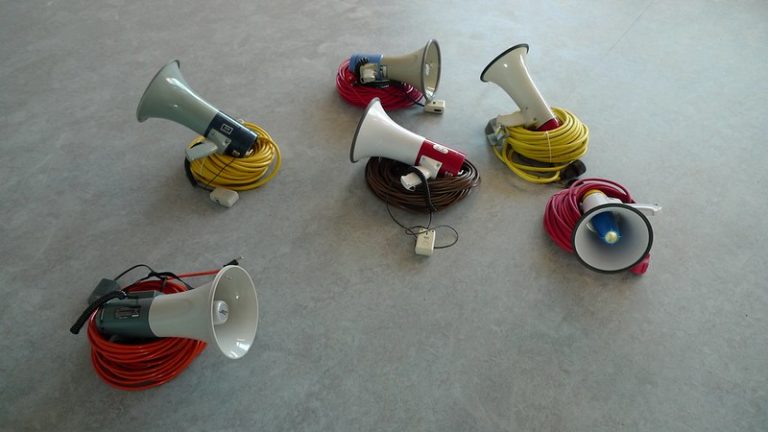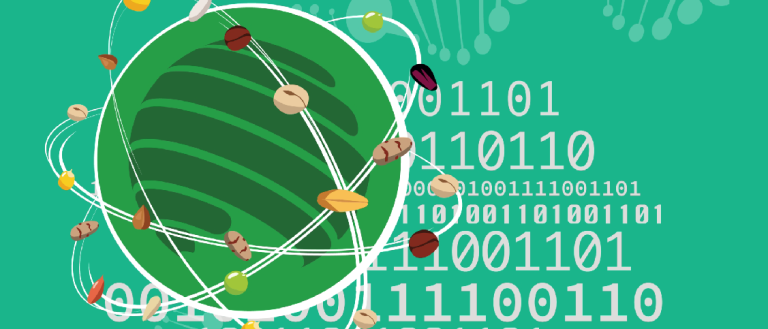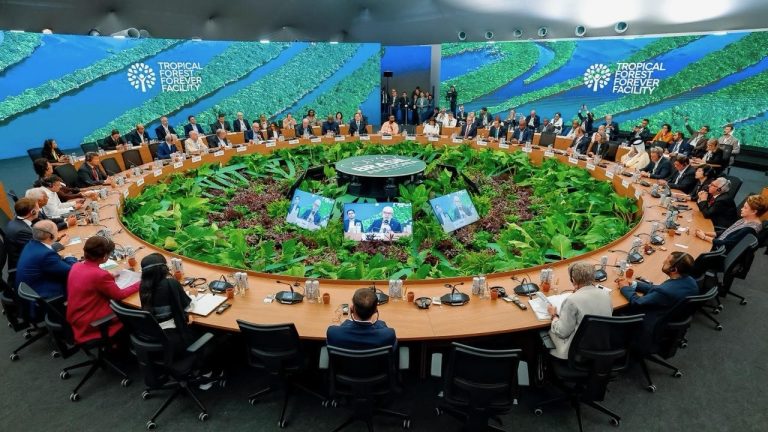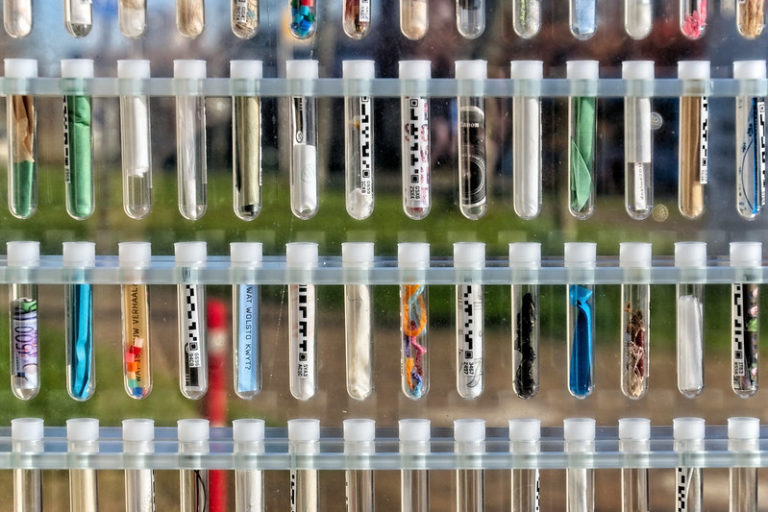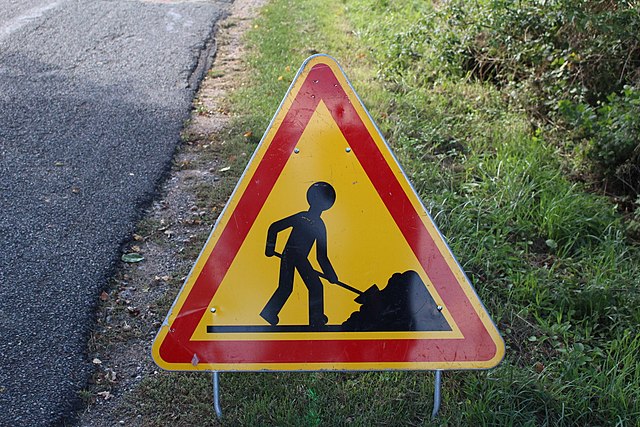News
AI creates new legal challenges in the field of patentability
“Artificial intelligence” (AI) is used to extract and restructure information from raw or unstructured data. Companies are using it to identify phenotypic traits associated with genetic sequences. Referring to a recent patent application by the company Inari, the German NGO Testbiotech points out the risks associated with the combination of new genomic modification techniques (NGT) and AI. It condemns the possible abuses of patentability and the need for robust GMO regulations. However, Inari has already filed other similar applications, which raises questions about the legal impact of such rights and their adaptation to AI-driven technologies.
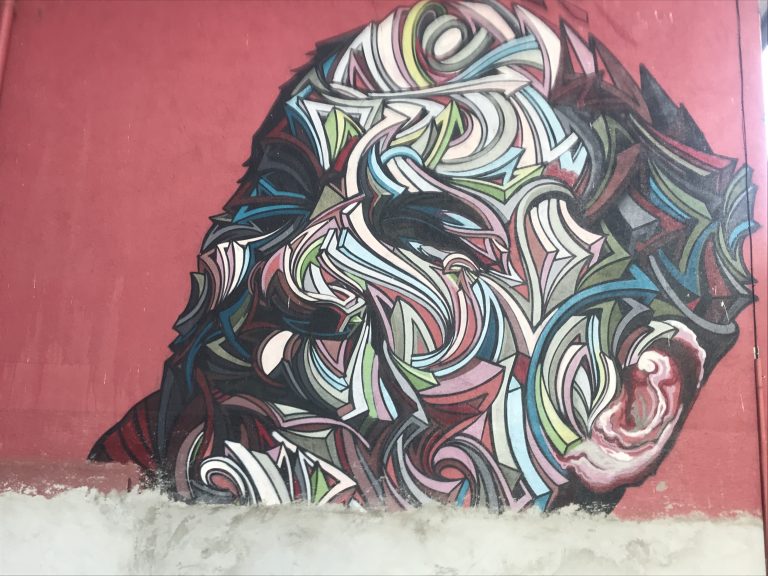
The imperfectly named “artificial intelligence” is gradually overturning all sectors of research and development, including biotechnology, particularly genetic modification of genomes. In this context, intellectual property strategies must adapt to inventions whose genesis and logic are partly or entirely algorithmic. The patent application WO2023250505i by the US company Inariii , entitled “Prediction of effects of gene regulatory sequences on endophenotypesiii using machine learning“, analysed by the NGO Testbiotechiv, is a revealing example of this trend. This article examines Inari’s patent application in turn, while extending the reflection to the broader issues of AI in the field of patents.
An ambitious technology
Inari’s patent application WO2023250505 concerns the identification of combinations of genetic modifications designed to improve agronomic traits. It focuses on the use of “machine learning models” to predict which combinations of mutations are most likely to produce a desired effect. This approach exploits the ability of AI to rapidly explore different genetic hypotheses.
More specifically, Inari’s patent application would give it a monopoly on numerous methods for identifying small regulatory units in plant genomes (without restriction to a particular plant species or agronomic trait) by exploiting genetic databases, including public ones, such as those hosting DSI (digital sequencing information). These units are, for example, promoters for the transcription of DNA, RNA or enhancers to which gene activating proteins are attached. These regulators are then used to form “machine learning models” capable of identifying, on a genome-wide scale, genetic variants that could be of interest in varietal selection.
However, at the current stage of a simple patent application (and not a granted patent), Inari will still have to demonstrate that its invention meets the requirements of current legislation, which does not normally allow the granting of patents that are overly broad or relate to subject matter excluded from the scope of patentability. Obtaining protection as broad as Inari’s stated technological ambitions is therefore a challenge.
Unclear and uncertain protection
The claims of Inari’s patent application WO2023250505 are drafted in very broad and speculative terms, making the scope of the intended protection uncertain and legally imprecise. If we take the first claim of the patent applicationv as an example, it contains rather functional (as opposed to “structural“) and very general terms, such as “machine learning models” – i.e. algorithms – and “prediction of effects“. Similarly, the expression “gene regulatory sequences“, which are to be used by said learning model, is also functional and has a very broad meaning. Such claim wording is therefore intended to protect any process “for modifying an endophenotype type in a plant”, regardless of the automatic learning model or the regulatory sequence, and for predicting indeterminate effects. Although the claims of a patent must be read in the light of the description provided therein, the language used by Inari creates a form of opacity, making the interpretation of this claim complex. Similar comments can be made about other claims in the patent application, the exact scope of which remains difficult to assess or justify.
The uncertain nature of the protection associated with this Inari patent application is also due to other facts. According to the EPO register, patent application WO2023250505 is “deemed withdrawn“vi, Inari having failed – whether voluntarily or not – to comply with a procedural step, resulting in a loss of rights. Although these rights can be reinstated, Inari does not seem to be very diligent to support this case, since it has limited the territory of its rights to Europe, Canada and the United States. One of the reasons for this may lie in the fact that the preliminary examination of the international application carried out by WIPO raised objections in terms of novelty and inventive step. In addition, the fact that the patent application refers to “artificial intelligence” means may be assessed differently by national jurisdictions and thus influence Inari’s territorial protection strategy.
A patent portfolio dedicated to an AI-based platform
Inari also holds several other patent rights, particularly in Europe. This is the case for European application EP4018450, entitled “Processes and systems for evaluating genetic variants” and filed on 21 August 2020. Although it does not explicitly mention “artificial intelligence“, this application concerns the use of IT tools to select and predict the effects of genetic variants using databases incorporating a number of genetic variants of organisms. According to a search of the Lens database, Inari holds nearly forty patent familiesvii using IT tools for predictive purposes in the field of genomics. Inari’s policy is in line with its desire to protect the technological foundations of its SEEDesign™ platform. It defines it as a device capable of “exploiting recent advances in genomics, artificial intelligence and multiplex gene editing [editor’s note: on several genes] […] to deliver transformative improvements in yield and resource use efficiency“.
This proliferation of patent rights by Inari suggests an ambitious, even aggressive, strategy of technological appropriation, whereby the company seeks, via its proprietary platform, to lock in the use of approaches combining genomics, AI and genetic modification. However, this dynamic raises a fundamental question: to what extent does AI contribute to the technical nature of Inari’s “inventions”, as required under French law? Is there a qualitative inventive leap? According to the EPO, “patents can be granted when AI goes beyond the abstract domain of mathematical algorithms and computer models and is used to solve a technical problem in a technological field“. If Inari limits itself to using AI to screen genetic combinations according to pre-existing or already known criteria, can it still be considered a genuine invention within the meaning of patent law?
The question would arise less if the same French and European legislation were strictly applied, which also requires that the claims defining the technical means used by the invention be “clear and concise“. This would be the case, for example, by specifying in the claims the “regulatory sequences” enabling the result sought by the process in patent application WO2023250505 to be achieved.
Framing patentability in the age of AI
The emergence of “artificial intelligence” in the research and innovation process therefore calls for a more precise definition of certain fundamental criteria of patent law. When the invention comes from an algorithm capable of exploring an immense number of genetic variants, for example, can we still talk about inventive activity in the legal sense? The line between discovery and invention, which is often difficult to draw in the life sciences sector, becomes even more blurred. This context could justify re-examining the criterion of inventive step, in particular so as not to attribute excessive protection to results derived mainly from calculations, whether automated or not. It is not enough for the results of these calculations to remain unverified for those who implement the algorithms to have an inventive step. On the contrary, the fact that the results of these calculations have not been verified implies a subsequent selection process, which is not patentable, even if it is assisted by markers or AI.
However, since the various patent systems have now generally incorporated “artificial intelligence“viii, safeguards should be maintained and new ones provided (transparency of applications involving AI, publication of source code, access to training data, etc.). There should also be a clear definition of what constitutes an AI-based process that is effectively patentable, and a clear distinction between this and subsequent stages that are essential to the industrial development of the invention but are not patentable, such as selection. In the absence of these elements, there is a high risk that patents will be granted for objects that cannot be verified or even reproduced, in contradiction with the fundamental principles of patent law.
In the agri-food sector, the uncontrolled appropriation of patent rights resulting from “artificial intelligence” would dramatically affect access to plant genetic resources, such as seeds, for small and medium-sized breeders and farmers. Over and above Testbiotech’s protests, other civil society organisations, such as ECVC (European Coordination Via Campesina), are sounding the alarm about the need to ban patents in the field of life and the urgent need to at least limit their scope in order to prevent excessive appropriation, which is legally questionable and contrary to the principles of food sovereignty and biodiversity.
Case law on AI as “inventor“
Artificial intelligence” calls into question the very notion of inventor, as international case law has shown. Several rulings have attempted to clarify the place of AI in patent systems, with sometimes divergent approaches, notably around the case of DABUS, an AI system created by Stephen Thaler who is said to have designed two inventions: a plastic food container based on fractal geometry and an alert device based on a light signal (or “neural flame“) triggered in the event of an emergency.
In 2019, two patent applications filed with the EPO named DABUS AI as the inventor. The EPO rejected them in 2020, taking the view that an inventor must be a natural person, a position upheld on appeal in 2021ix. The Office does not rule out the use of an AI in the invention process, but requires that a human always be named as inventor.
In the US, the Court of Appeals for the Federal Circuit ruled in 2022 that, under the US Patent Act, only a human can be designated as an inventorx. The DABUS machine, developed by Stephen Thaler, which was the subject of 2019 patent applications, could not therefore be recognised as such. A similar position was adopted in the UK in 2021, with the Supreme Court confirming that the Patents Act 1977 requires an inventor to be a natural person, effectively excluding “artificial intelligence” systemsxi.
In 2024, the German Federal Court of Justice (Bundesgerichtshof) ruled that it was possible to patent an AI-generated invention, provided that a human person was designated as the official inventor. This implicit recognition of the role of AI in the inventive process is, however, accompanied by a formal requirement of human activityxii.
Finally, South Africa has broken new ground by becoming the first jurisdiction to recognise an AI as an inventor, by accepting the patent application filed on the DABUS system in 2021xiii. This decision was widely publicised and represents a major departure from traditional patent law doctrine, although it has not yet been followed by other major jurisdictions.
iOMPI, “PCT application WO2023250505 – Prediction of effects of gene regulating sequences on endophenotypes using automatic learning”, filed 23 June 2023 by Inari, 28 December 2023.
iiInari Agriculture is a biotechnology company based in Cambridge (Massachusetts, USA), which uses artificial intelligence and the new techniques of genomic modification (NGT) to “design seeds for a more sustainable global food system”.
iiiAccording to the French National Academy of Medicine, an endophenotype is “a measurable, heritable biological or psychological characteristic associated with a gene and a disease (whatever the stage of the disease) that is found in family members not affected by the disease“.
Dictionnaire médical de l’Académie de Médecine, “endophenotype”, 2020.
ivChristoph Then, “Could just one NGT company take control of all plant breeding?”, Testbiotech, 11 February 2025.
vPatent application WO2023250505 / Inari Agriculture; Claim 1 :
” 1. A method of modifying an endophenotype in a plant, the method comprising, by one or more computing devices:
- obtaining a plurality of gene regulatory sequences;
- inputting the plurality of gene regulatory sequences into a machine-learning model trained to obtain a plurality of effect predictions corresponding to a plurality of endophenotypes;
- selecting one or more desired endophenotypes based on the plurality of endophenotypes;
- selecting a gene regulatory sequence in accordance with the one or more desired endophenotypes, and
- introducing the selected gene regulatory sequence into the plant, thereby modifying the endophenotype of the plant.”
viRegister of the European Patent Office, “Notification of loss of rights (rule 112.1) for patent application WO2023250505”, 14 February 2025.
viiA “family” covers several patent applications filed in different countries based on the same invention.
viiiOMPI, “Generative Artificial Intelligence”, 2024.
ixEPO, “Artificial intelligence cannot be named as the inventor in a patent application”, 6 July 2022.
xJohn Villasenor, “Patents and AI inventions: Recent court rulings and broader policy questions”, Brookings, 25 August 2022.
xiJenny Gibbs and Katie Simmonds, “Supreme Court confirms AI cannot be an inventor under the Patents Act”, Womble Bond Dickinson, 16 May 2024.
xiiUniversity of Surrey, “German court allows patents for AI-generated inventions”, 4 July 2024.
xiii“Recent Developments in Artificial Intelligence and IP Law: South Africa Grants World’s First Patent for AI-Created Invention”, The National Law Review, 3 August 2021.






